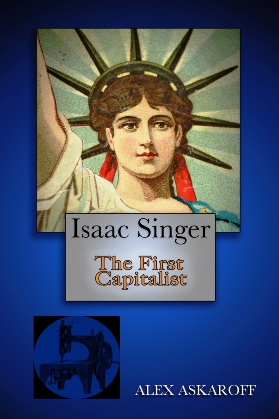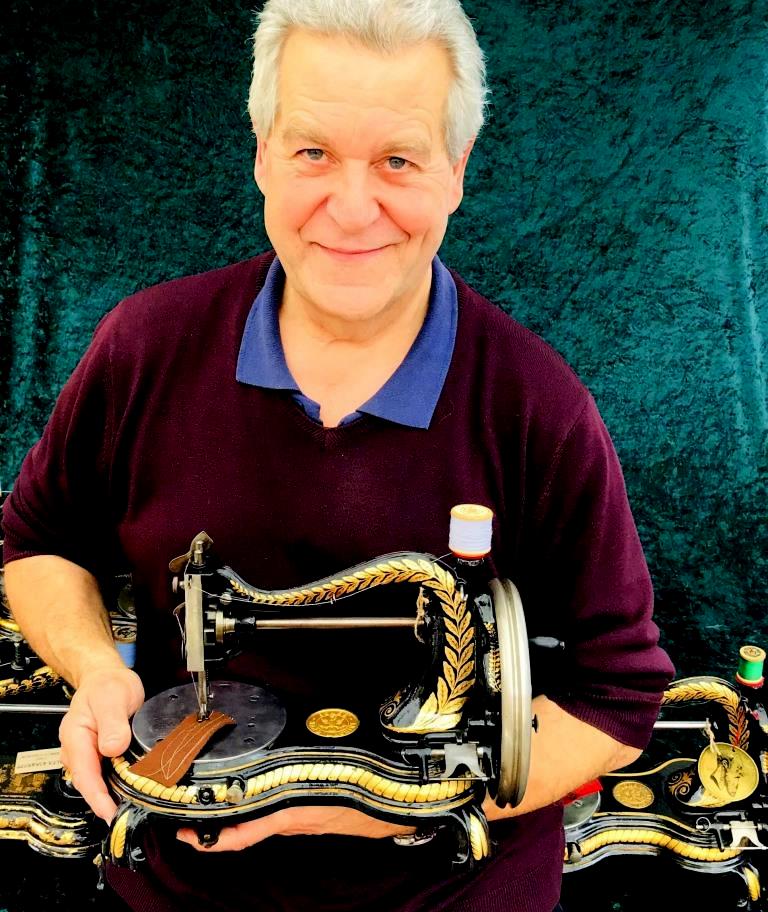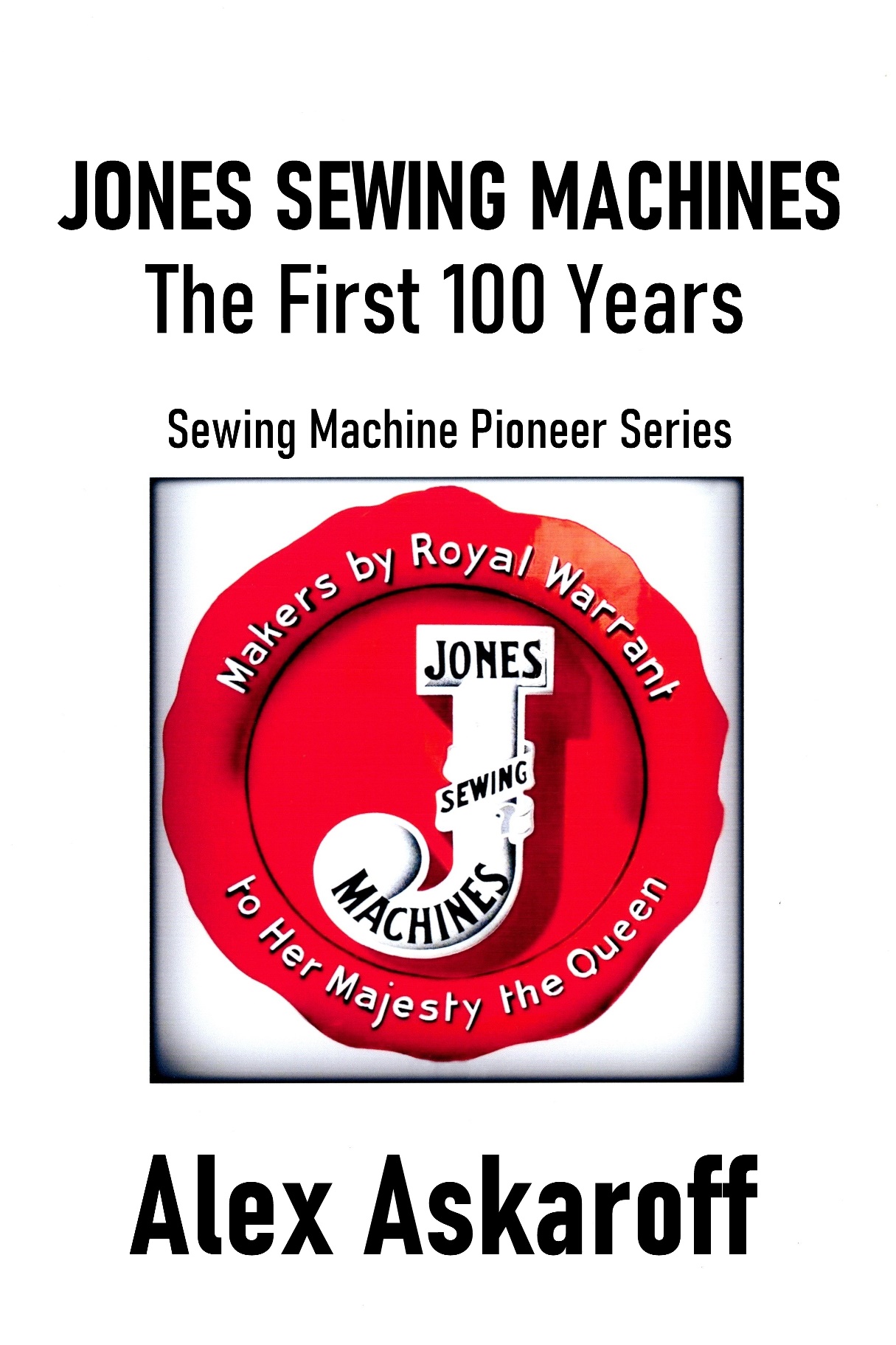|
|||||||||
|
|
The Jones Sewing Machine Company A brief history of Jones sewing machines and William Jones
Sewing machine Tension Problems SORTED!
OUT NOW! With Eleven No1 New Releases on Amazon renowned author, Alex Askaroff has a worldwide following, captivating readers for decades. His unique ‘Sewing Machine Pioneer Series’ brings the early giants of the industry to life between each page. The Jones Sewing Machine Company made some of the finest quality sewing machines in the world. So good in fact that for the longest period they even had Royal Approval. From a rented shed they grew into the largest makers of sewing machines in England, with the largest factory to boot. William & John Jones became two of the great sewing machine pioneers. Here for the first time is the most complete story ever compiled of this great English sewing machine maker. The book not only includes facts and figures but oiling points and instructions for the main models and so much more. It is a must for all sewing machine enthusiasts.
© Dear Mr. Askaroff, Sewing machine Tension problems sorted in a heartbeat!
Antique & Vintage sewing machines for sale
|
|
|||||||


